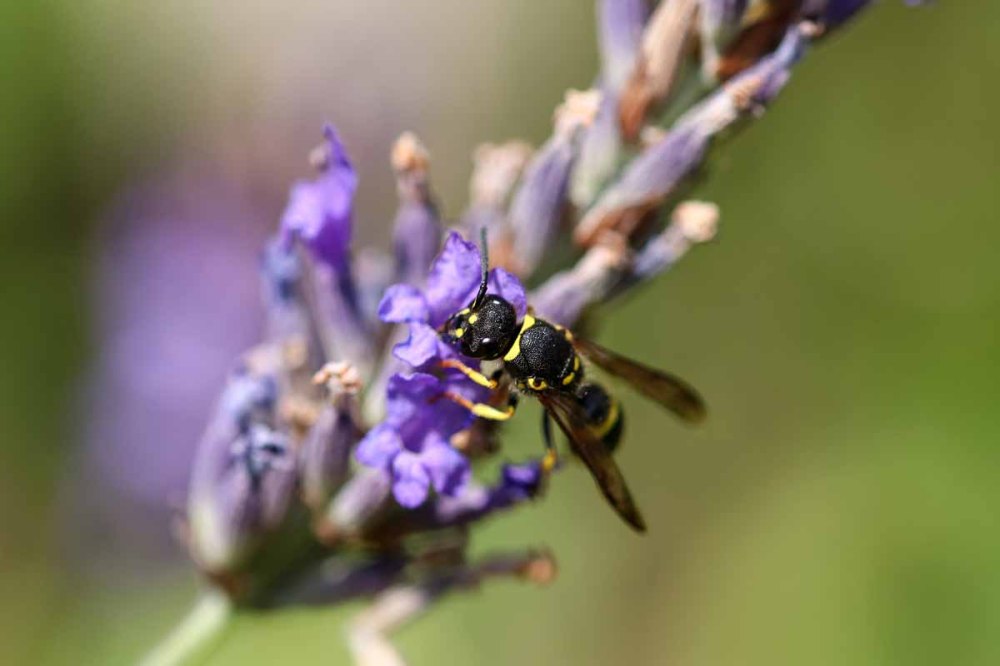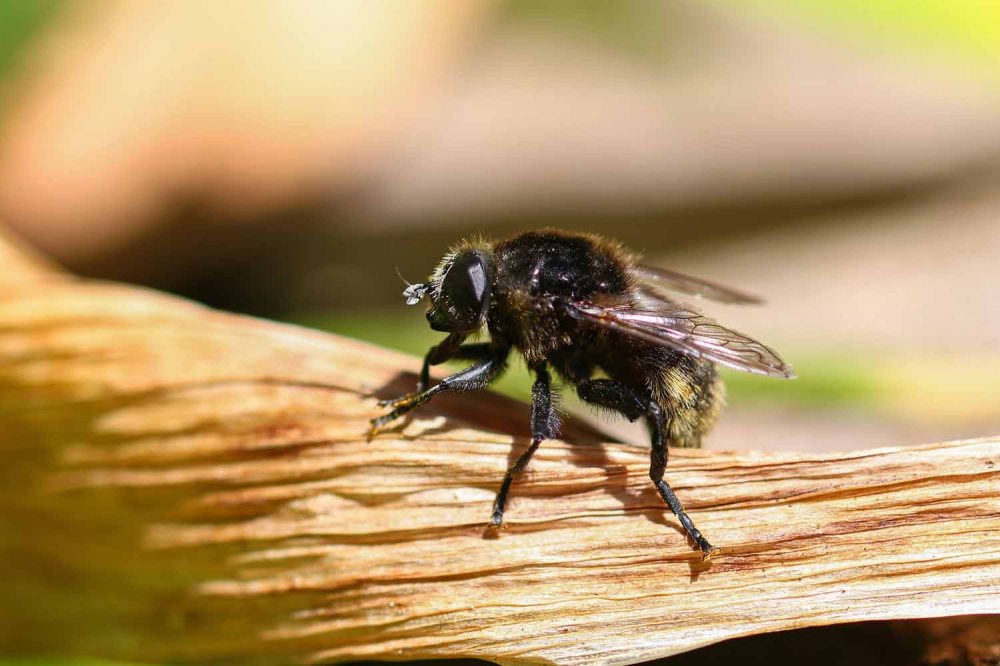With a storm raging outside and rattling the windows what better time to catch up on some editing and look back at some of my photographs captured back in the warmth and calm of summer.
Having invested in a prime macro lens earlier in the year much of my attention since has been focused on the smaller inhabitants of the natural world rather than birds which are my more familiar subjects. This new direction has enabled me to develop my photography skills whilst discovering a hidden world full of fascinating species.
Bees are a particular passion of mine and I spent many enjoyable hours over the summer watching these industrious little creatures busily feeding among a kaleidoscope of beautiful flowers. It seems I am not alone in my love of these tiny creatures as a recent survey by National Geographic found that bees were the top species people would chose to save from extinction.
There is something about the bumblebees in particular which we find particularly charming. Perhaps it is their rounded, fuzzy appearance which appeals to us or the amusing way they ‘bumble’ through the air, seeming hardly capable of flight.
Of the 24 species of bumblebee found in the UK, there are 7 (known as the ‘big 7’) which are most common and widespread. Here are just a few of them.
Red-tailed bumblebee
The female red-tailed bumblebee is by far the most distinctive of all the ‘big 7’ and the easiest to identify. She is a large bee, jet black with a distinctive fiery red tail. Her male counterpart is much smaller with a yellow face and yellow band across the body with the same red tail.
Female red-tailed bumblebee

Early bumblebee
The early bumblebee is the only other common species with a red tail. They have thick bright yellow banding and a paler orange tail than the red-tailed species and are generally much smaller in size. As their name suggests the early bumblebees are one of the first to emerge in the spring.

This early bumblebee spent several minutes feeding on these daisies, allowing me to get these rather lovely images.
Early bumblebee feeding on daisies


Tree bumblebee
The tree bumblebee is also distinctive with a gingery yellow jacket, black body ending in a white tail. It is named for it’s habit of nesting in tree cavities but is also a common resident in bird boxes and bee boxes. This is by far the most common species I have found in and around the garden.
Tree bumblebee landing on a geranium

I found this rather dishevelled looking tree bumblebee clinging to a plant stem after a rain shower. It did eventually dry out and warm up in the sunshine before flying off to find flowers.
Soggy tree bumblebee

Balancing act

White-tailed bumblebee
The white-tailed bumblebee is another common species found in gardens and urban areas. Very similar in appearance to the buff-tailed bumblebee the white-tail has brighter lemon yellow banding ending in a bright white tail.
The buff-tail has drabber yellow stripes and a duller white tail with a buff stripe at the base.
Female white-tailed bumblebee

Carder bee
The carder bee is gingery brown all over and lacks the distinct tail of many other species. As temperatures drop in autumn these are one of the few hardy species still active, many other bees have already died or in the case of overwintering species, are preparing to hibernate.
The delightful carder bee on a garden bench

Carder bee among flowers

Of course it’s not just bumblebees, there are numerous other beautiful and fascinating insects to be found in our gardens. Whilst they may be harder to spot there is still plenty to see if you have a little patience and a keen eye.
Next time you are in your garden take a closer look in your flower beds, you might be surprised just how much life your little ecosystem supports.
A tiny mason wasp on lavender flowers

The confusingly named thick-legged flower beetle. In fact only the male has the distinctive bulbous rear legs, this individual is a female.
Female thick-legged flower beetle

Feeding on nectar

Hoverflies are particularly abundant in the garden and on a particularly warm day the air hums with the sound of these tiny insects as they hover in between flights.
Drone fly – a large species of hoverfly

Drone fly feeding

Another regular sighting is this hoverfly which mimics the shape and colouring of a bee, this one is mimicking a red-tailed bumblebee. Although not a great likeness to our eyes, the disguise is quite convincing enough to fool many predators and keep this otherwise harmless hoverfly safe.
Bumblebee mimicry

Bumblebee or hoverfly?

Another drone fly, waving it’s front legs

Although more common among the rough ground and wildflowers outside, butterflies do occasionally visit the flowers. Usually it is the cabbage whites or a red admiral and so it was a nice surprise to capture this tiny small copper butterfly as it’s a species I haven’t seen or photographed very often.
Small copper butterfly

Cousin of the bumblebee, the honeybees are also partial to the nectar on offer, although they are not nearly as common a sight as they once were!
Honeybee

A big thanks to my neighbour Kim whose garden most of these photos were taken in. My own little yard is rather enclosed and shady with a lot less life and vibrancy! The spiders seem to like it though, more about those later…
—
All photographs copyright of Claire Stott/Grey Feather Photography ©
www.greyfeatherphotography.com
If you like what you see, you can follow me on Facebook or Instagram (@greyfeatherphotography) to see my latest photographs.
Lovely bees, I’d be too afraid of getting stung but I guess it’s a good zoom? 🙂 Can’t wait to see some blogs about the Butterfly House!
LikeLike
Actually the lens used doesn’t zoom so you do have to get pretty close! Bees very rarely sting though unless you really harass them or are near a hive. I’ve never been stung so far! Wasps on the other hand… I give them a wide berth 🙂
LikeLike
Wow! Those are fantastic photos!!
LikeLike
Thank you!
LikeLike